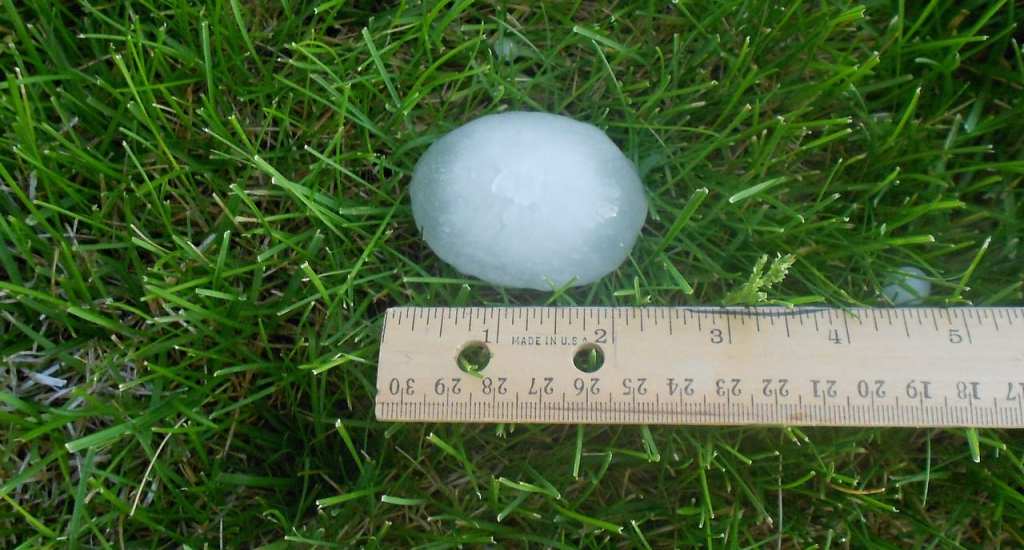Ah, summer. Hot days, sunshine, and…ice?
In late June 2019, Guadalajara, Mexico, was hit with a hail storm that left the city covered in three feet of ice.
The hailstorm damaged roads, vehicles, and homes.
Jalisco Governor Enrique Alfaro Ramírez said on Twitter, “I…witnessed scenes I had never seen: hail more than a meter high, and then we wondered if climate change exists.”
The city had been experiencing highs in the 90s throughout the month, so the sudden hailstorm was disconcerting. But was it a result of climate change?
According to New Scientist, it’s possible. Most of the research about hail has focused on the size of hailstones. This is because larger hailstones do more damage. For example, in 1986, a hailstorm in Bangladesh killed 92 people. That storm had hailstones that weighed up to 2 lbs.
You would think that global warming would reduce hail, since hail is made of ice, and ice melts. But the story is a bit more complicated than that.
Hail is formed by ice moving up and down through clouds. Hail is pushed up by updrafts created by thunderstorms and it keeps growing in size until it is too heavy to stay in the cloud. Global warming means that there is more warm, wet air for hail to travel through and grow in size.
Canadian researchers are predicting a 40% increase in hail damage over North America. This hailstorm in Guadalajara might be the beginning of a larger trend.
This is just the beginning of the damage we could see from climate change. Glaciers are retreating, the sea level is rising, and the oceans are warming. We can still impact the climate for the better, though, by reducing our use of fossil fuels and pushing companies to be more responsible.
The easiest way to reduce your footprint? Eat less meat.
Something to consider.






